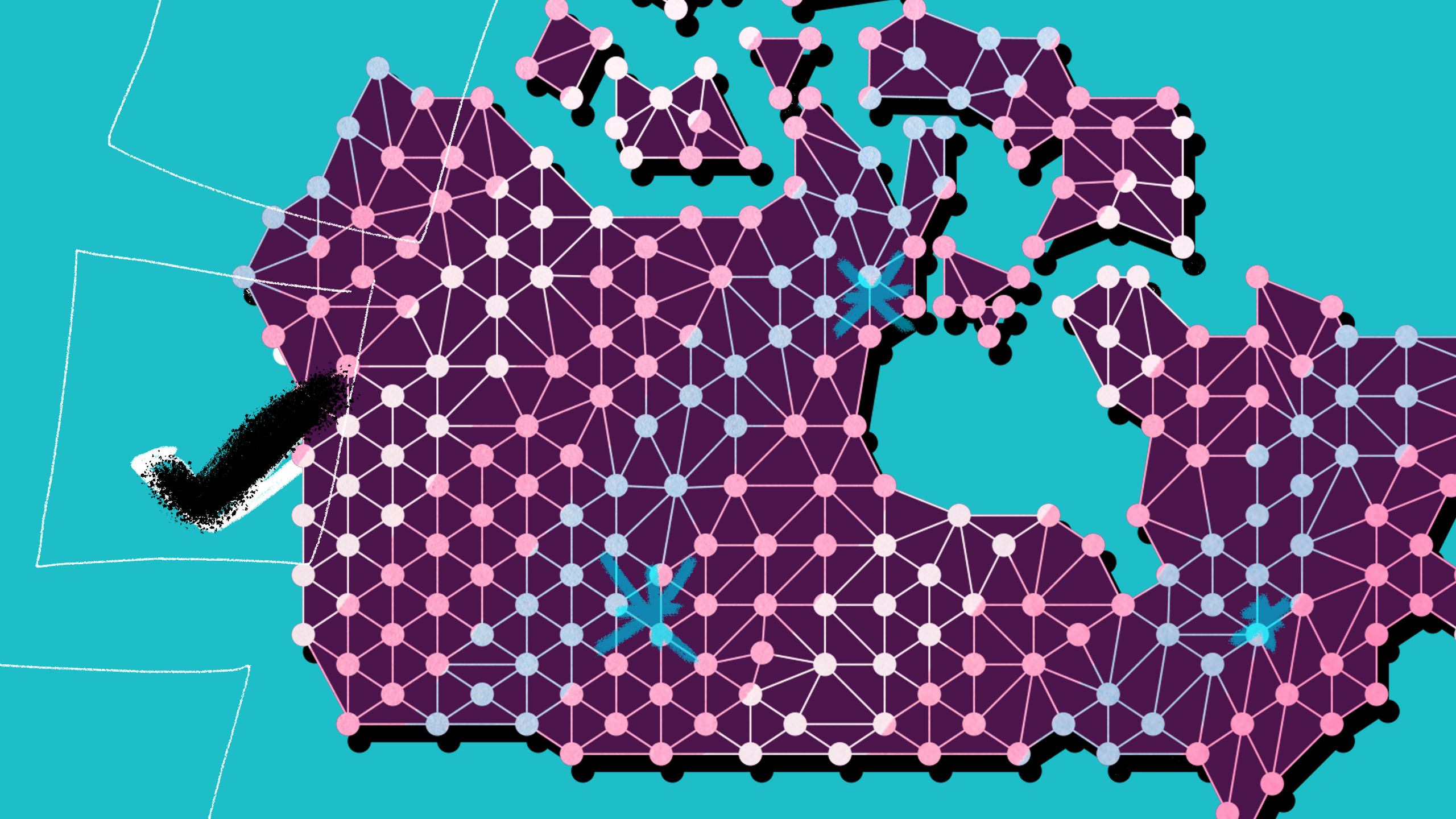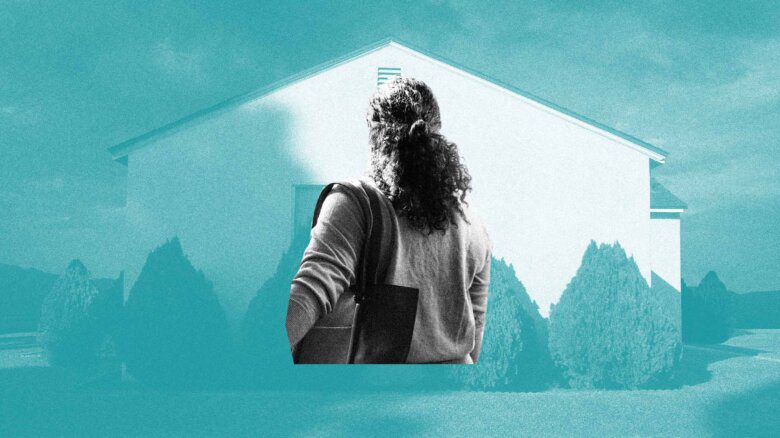The 2021 census, which was released to the public on April 27, recorded 31,555 trans women, 27,905 trans men and 41,355 non-binary people in the quinquennial survey. That means around one in 300—or 0.33 percent—of Canadians over the age of 15 fall under the trans umbrella.
LGBTQ2S+ advocates cheered the release of Wednesday’s numbers, which mark the first time that Canada’s census collected data on trans and non-binary people, as these populations were left out of the 2016 census. (A 2018 Survey on Safety in Public and Private Spaces previously estimated that around 75,000 Canadians were trans or non-binary.)
“It says something when our government is recognizing the existence of trans folks who have historically been kept out of these conversations and uncounted,” trans advocate Fae Johnstone told the Canadian Press. “But it also is useful to us to better understand how we can focus interventions and address health inequities experienced by trans folks across this country.”
Anne Milan, an analyst for the Statistics Canada Centre for Demography, added in comments to the CBC that the data “fills an information gap that was identified” and will help the census “better meet the needs of all Canadians.”
Nova Scotia had the highest proportion of trans and non-binary people of any province, at 0.48 percent, followed by Yukon (0.47 percent) and British Columbia (0.44 percent). Quebec had the lowest share of trans and non-binary citizens, at only 0.23 percent.
Although Statistics Canada reports that, overall, Yukon is home to just 155 trans and non-binary people, it has the most comprehensive trans healthcare coverage in Canada. Its provincial government funds a wide range of gender-affirming procedures, therapies and medications.
Statistics Canada also notes that “gender diversity was highest among those aged 20 to 24” in the 2021 census. Almost one in 100 respondents identified as trans, compared to around one in 700 respondents aged 65 and older.
Statistics Canada suggests this could be a byproduct of younger Canadians being able to access “virtual support communities and answers to questions that were less accessible to older generations.” (It’s also important to note that at least 26,000 Canadians have died from HIV/AIDS since the epidemic began in the 1980s, a death toll that likely includes many older trans people.)
While Canada is the first country to collect data on gender identity in its national census, other countries have also attempted to tabulate the size of their trans populations. Belgium and New Zealand both report 0.5 percent of their population as trans based on representative survey-based data, according to Statistics Canada.
Ireland (0.6 percent), England and Wales (0.6 percent) and the United States (0.8 percent) all released data in 2021 based on non-representative samples.
Notably, each of these estimates are higher than Canada’s 0.33 percent figure.
“It says something when our government is recognizing the existence of trans folks.”
The Canadian census collected gender-based data by asking respondents two mandatory questions: “What is this person’s sex at birth?” (with options being “male” or “female”), and “What is this person’s gender?” (with options being “male,” “female” or “please specify this person’s gender”).
Of the 41,355 respondents who specified their gender identity as neither male nor female, 70.5 percent identified themselves as “non-binary.” Other common responses among census takers included “fluid” (7.3 percent), “agender” (5.1 percent), “queer” (4.1 percent), “gender neutral” (2.9 percent) and “Two-Spirit” (2.2 percent).
Some members of the LGBTQ2S+ community took issue with the framing of these questions. Niko Stratis, writing for Xtra last year, felt that being asked about her identity undermined the work it has taken to legally declare her gender.
“I’m a trans woman, I have a number of very expensive legal documents that have my name on them and an ‘F’ designation on everything from my birth certificate to my driver’s licence,” she wrote at the time. “Getting to this point took countless hours, hundreds of dollars and months of time. It’s degrading to have to claw this back and inform the government what particular set of genitals I was born with.”
Stratis added that the binary options listed also explicitly exclude intersex people and that making the gender questions mandatory could make trans people more visible than they would like.
Other countries have faced criticism for their approach to surveying the gender identities of census respondents. The 2021 England and Wales census, for instance, required trans people who had not amended their birth certificate to write in their assigned sex at birth following a court case brought by transphobic hate group Fair Play For Women.
In contrast, Scotland’s census explicitly allows binary trans people to self-identify as the correct sex. Its 2022 survey asked respondents whether they consider themselves “to be trans or have a trans history.”
Ways to improve the 2026 census for trans and non-binary Canadians could include changing questions to allow people to self-identify as trans without having to reveal assigned birth sex, including an intersex or non-binary option as standard or providing more gender options beyond “other.”


 Why you can trust Xtra
Why you can trust Xtra


